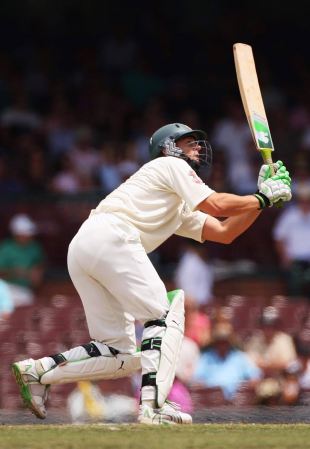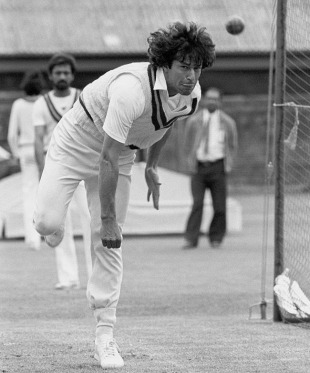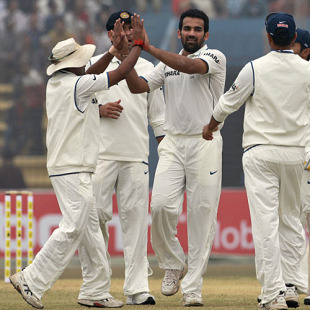Yasmin Alibhai-Brown: The selfish search for the self
For these middle-class wives, theirs is an existential crisis borne out of over-high expectations and, frankly, emotional greed, consumerism of the heart
OK, let's get the ugly feelings over with. I am madly envious of the flush Elizabeth Gilbert, an unquestionably brilliant writer, whose autobiographical Eat, Pray, Love sold millions and is now a film with the delectable Julia Roberts. Oh, and endorsements gather around her as if she is the belle of a Hello! magazine party: there's Sophie Dahl and Elle Macpherson and Meg Ryan waxing lyrical. And the formidable Hillary Clinton and Oprah. Serious reviewers, too, have fallen for her charm and modern-day odyssey."If only," you think, if you have penned a modest memoir yourself - abject, I know - then it all boils over, staining the pages of the bestseller you are forcing yourself to read, really only to find stuff to mock and of course imitate. I am not alone in this world of seething writerly resentment. So discount, say, 30 per cent of what follows, put it down to the above. But the rest still holds.
But first the plot, which you probably know anyway, so loud and extensive has been the publicity. When in her mid-thirties, Gilbert was an East Coast writer and journalist, winner of many awards, starring in her own reality show of unending opportunities with her husband with whom she had been for eight years. One night in her bathroom she experienced a dramatic epiphany, only instead of seeing the light, she saw gloom and darkness ahead.
She didn't want to be married any more; wasn't cut out to be a mom; couldn't carry on with the role she had inhabited. It was, she says, a breakdown. So she went off to Italy to learn how to eat, to India for spiritual awakening and finally to Bali, where she found peace, equilibrium and a fab new husband and they live happily ever after.
The story is moving and believable. Up to a point. It certainly has captured the hearts of middle-class wives who find at a certain age that the house and hearth and husband don't satisfy all their longings. Theirs is a domestic existential crisis borne out of over-high expectations and, frankly, emotional greed, consumerism of the heart.
Gilbert joins the long line of American women who feel they must (temporarily) leave the richest and most self-regarding nation on earth in order to find their bodies and the meaning of life. It started back in the Sixties when stars went off to be hugged and consoled by dodgy men in saffron robes. Later, devotees of foreign enlightenment included Goldie Hawn and drug-addled pop singers. Some of the best songs in Joni Mitchell's album Blue tell that story of home and away. British celebs have gone for this therapy, too - ever since the Beatles got themselves their own guru. Some good comes of these earnestly undertaken journeys.
However, something different and deeply annoying is happening in Gilbert's case. The end of her marriage obviously causes her some pain, but, if it meant anything, she just couldn't have moved on so slickly. "I was the administrator of my own rescue," she says, an American true believer in can-do and must-have.
For the rest of us, when things fall apart, the dissolution of selfhood is so debilitating, you can't feed your children for days. But Gilbert got a book contract before setting off, planning a successful reincarnation, without risks. That is what the privileged do. And lordy lord, what a lot of tadpoles have spawned from this big, vain frog-turned-princess. Tour companies are offering great deals so you too can eat in Italy, pray in India and cool off in Bali. Breathless females write about their inner makeovers. One, for example, says: "I wasn't the only one ... there were students from all over the world, including Germany, Singapore and Canada, all of whom had read the book, which during our feverish conversations about it, soon took on something of a Bible-like status." A rich and stupid woman I know in India is about to set off on one as well, copying the worst of Western indulgences because now she can.
Gilbert's book is really about the winners who take it all in this monstrously unfair age of globalisation, just another form of exploitation, whereby Westerners appropriate ancestral knowledge and assets of nations, selling them back, keeping back all gain and kudos, all done shamelessly.
From these trips of profitable self-discovery, it is but a small step to the exciting new business opportunities on the financial pages of newspapers, which announce that water shortages the world over will bring vast fortunes for forward-thinking investors. Usually a picture of a child at a dry well accompanies these exciting tips.
There are individual Westerners - including Americans - who are neither so crass nor covetous. Like Katherine Russell Rich, also a journalist, who lost her job, had two bouts of cancer and took off to India to immerse herself in Hindi: "I no longer had the language to describe my life, so I decided to borrow someone else's." Her book, Dreaming in Hindi, is a story of a deep struggle with her own identity, the person she became as she acquired, slowly and painfully, another world language and worldview in a small town in Rajasthan. It is also a story of the kindness of strangers who wanted nothing in return and those who weren't at all kind or understanding.
It is a multi-layered book which examines the nature of language and addresses appalling political conflicts such as the massacre of Muslims in Gujarat and the sexism of Asian societies. She is too courteous to expose the worst behaviour of some of her host families but you know, through her exact and carefully chosen words. Unlike Gilbert, Rich doesn't find the perfect jeans, or the perfect man as she goes back home. Her book will not be made into a Hollywood movie because there is no simple beginning, middle or blissful end. Hers is an exposition on the 21st century and how lost we all are.
With humility and an open mind, Westerners can genuinely connect even with those with whom they have nothing in common and experience uncertainty. There is hope here far bigger than that in Gilbert's romance. But, sadly, it is the latter that sells - and how.
y.alibhai-brown@independent.co.uk [y.alibhai-brown@independent.co.uk]
For further reading : 'Dreaming in Hindi: Life in Translation', Katherine Russell Rich (pbk 2010)






